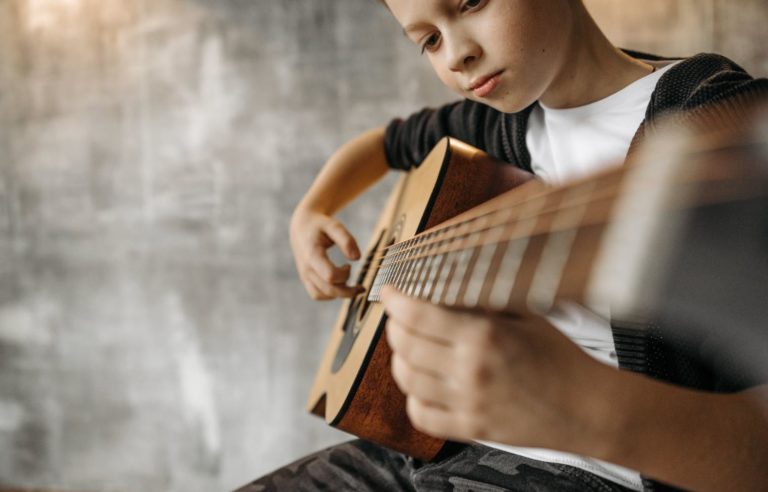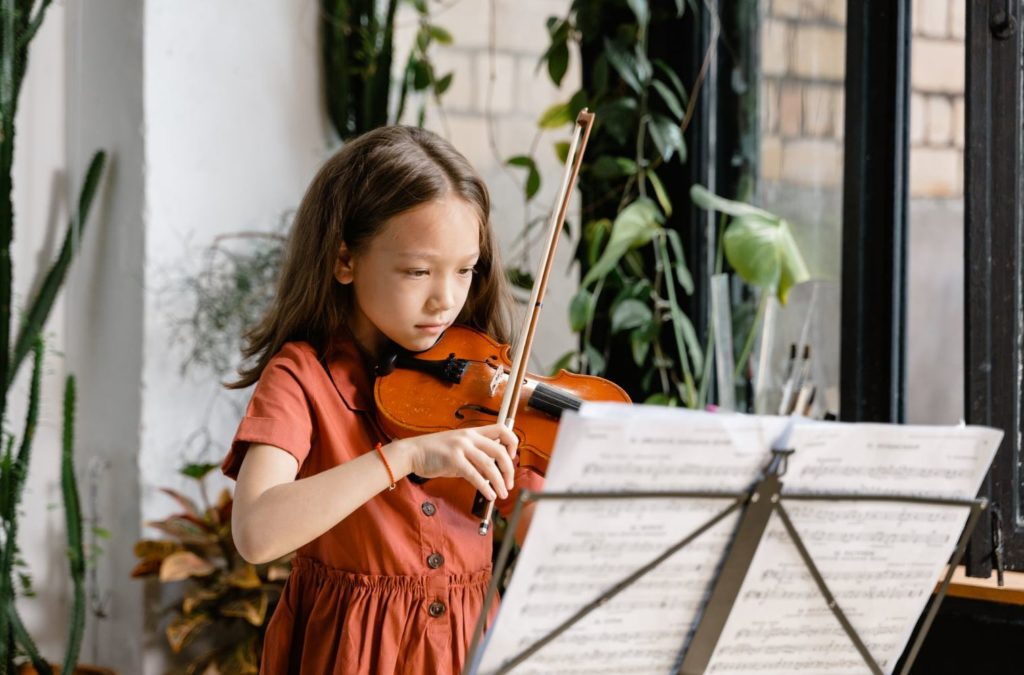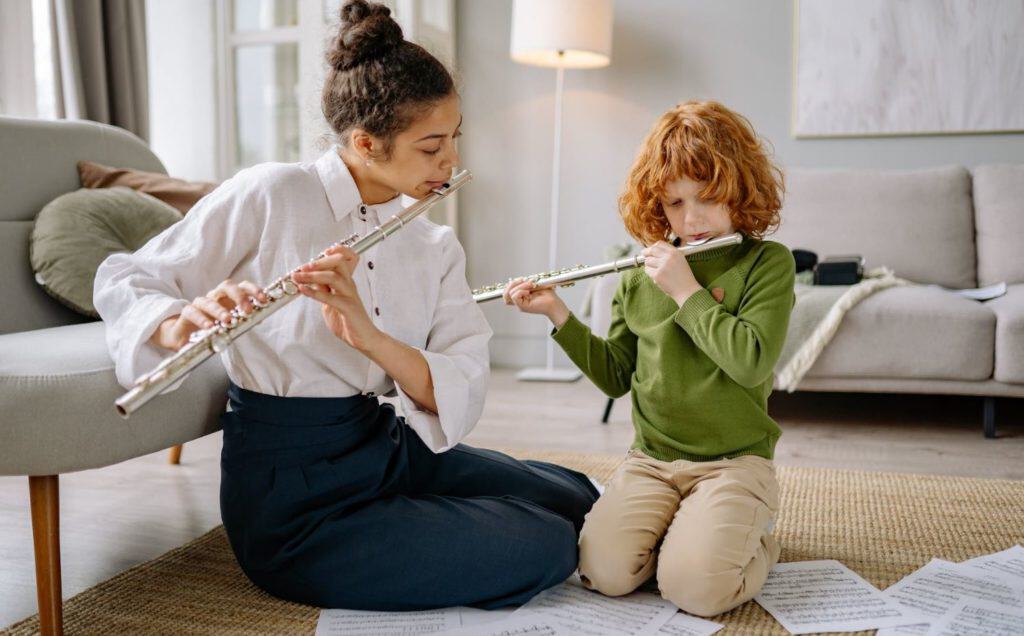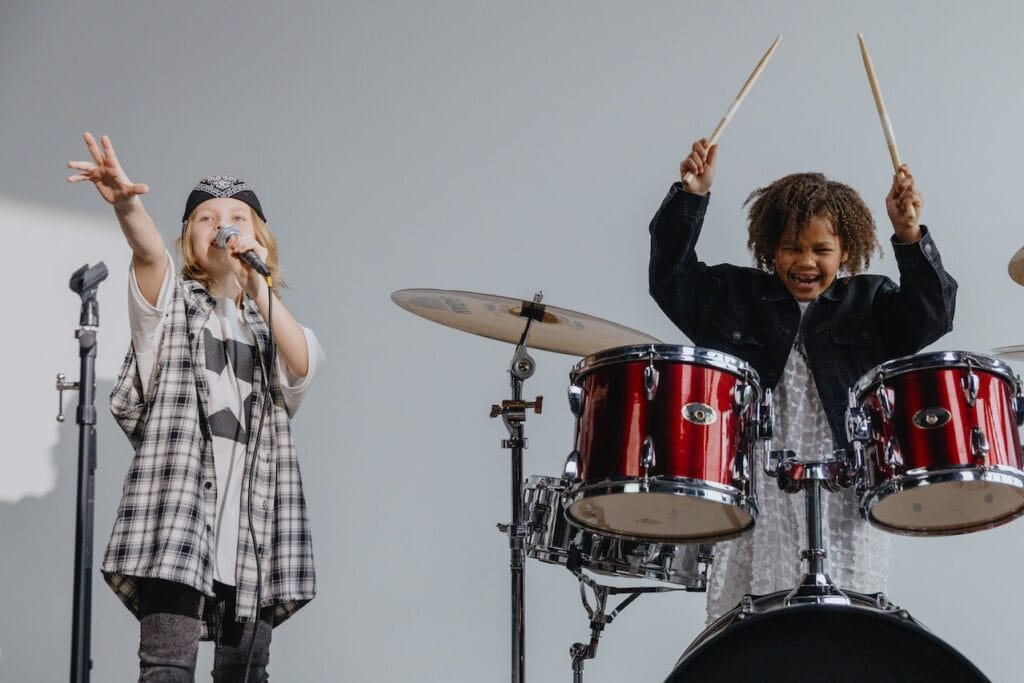A Guide for Parents and Children to Choose the Perfect Musical Instrument to Learn
- By: Auckland for Kids
- Published:

Introducing your child to the world of music is a wonderful journey that can bring joy, creativity, and a sense of accomplishment. However, deciding which musical instrument your child should learn can be both exciting and challenging. To create a harmonious experience, involving your child in the decision-making process is crucial. In this article, we’ll explore how parents and children can work together to choose the perfect musical instrument that resonates with their young musician’s heart.
1. Discovering Interests and Passions
Begin by having open and honest conversations with your child about their interests and passions. Ask them about the music they enjoy listening to and whether they are drawn to specific instruments in the songs they love. Understanding their musical preferences can be a valuable clue in determining which instrument might be a natural fit.
2. Try Before You Commit
Encourage your child to explore different instruments through hands-on experiences. Many music schools and instrument retailers offer trial classes or instrument rental programs. Attend local music events or concerts to expose your child to various instruments being played live. This first-hand exposure can spark their interest and help them form a connection with a particular instrument.
3. Consider Physical Factors
Keep in mind your child’s physical attributes when selecting an instrument. For example, a younger child with small hands may find a smaller instrument like the violin or flute more comfortable to handle. On the other hand, a child with a strong breath capacity might excel with wind instruments like the trumpet or saxophone.

4. Encourage a Music Lesson “Sampler”
Arrange for your child to have short introductory lessons on a few different instruments. This “sampler” approach allows them to experience the basics of various instruments before making a decision. These trial lessons can be a fun and informative way for your child to get a taste of what playing each instrument entails.
5. Popular Instruments: Exploring Options
Let’s take a closer look at some of the most popular musical instruments to consider:
-
Piano
The piano is a timeless and versatile instrument that offers a strong foundation in music theory and notation. It allows your child to play both melody and harmony simultaneously, making it an excellent choice for building well-rounded musicianship. Additionally, the piano is a popular instrument for composing and arranging music.
-
Guitar
The guitar is a popular choice, particularly among teenagers, due to its cool factor and versatility. Whether acoustic or electric, the guitar enables your child to strum chords, play melodies, and even experiment with various genres such as pop, rock, or classical.

-
Violin
The violin offers a beautiful and expressive sound, making it an excellent option for children who enjoy classical music or want to play in orchestras. Learning the violin requires patience and dedication, as it can be challenging to master its technique.

-
Flute
The flute is a graceful and versatile wind instrument that suits children who appreciate light and airy melodies. Its portability and sweet sound make it an excellent choice for school bands or solo performances.

-
Drums/Percussion
For the rhythmically inclined teen, drums and percussion instruments offer an exciting and dynamic way to explore music. Playing the drums helps develop excellent timing and coordination, while percussion instruments add flair to various musical ensembles.
-
Voice/Singing
Don’t overlook the incredible instrument your child already possesses—their voice! Singing is a beautiful way for teens to express themselves musically. Voice lessons can help enhance vocal technique and build confidence as a performer.

6. Consider Long-Term Commitment
Learning a musical instrument requires time, effort, and dedication. Discuss with your child the importance of committing to regular practice and lessons. Consider the long-term commitment involved and ensure your child is enthusiastic about the instrument they choose.
7. Support Their Decision
Ultimately, the decision should be driven by your child’s interests and preferences. As parents, it’s important to support their choice wholeheartedly. Celebrate their decision and encourage them in their musical journey, even if it might not be the instrument you initially envisioned.
8. Embrace Musical Growth
Be prepared for the possibility that your child’s musical interests may evolve over time. They might start with one instrument and later switch to another. Embrace their musical growth and provide them with the opportunity to explore new avenues.
9. Share Musical Experiences Together
Once your child begins learning their chosen instrument, share musical experiences together as a family. Attend concerts, watch musical performances, and play music together at home. Cultivate a musical environment that fosters their love for music and strengthens your bond as a family.
Conclusion
By involving your child in the decision-making process, you empower them to take ownership of their musical journey. The process of choosing an instrument together can be a rewarding experience that paves the way for a lifelong love of music. As you embark on this harmonious adventure, remember that music is a language of the soul, and discovering the right instrument for your child can be a symphony of joy and creativity for years to come. Happy creating


Leave a Reply